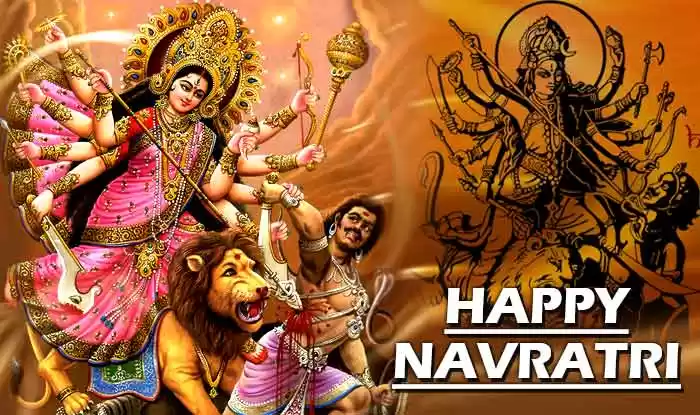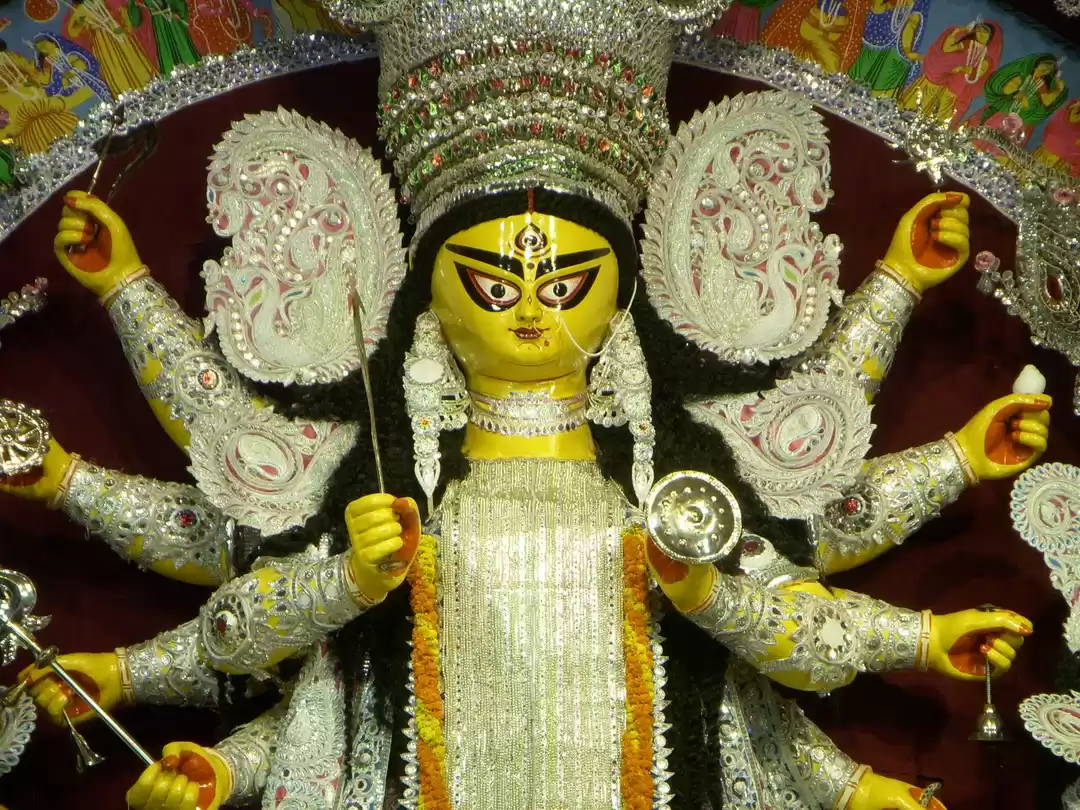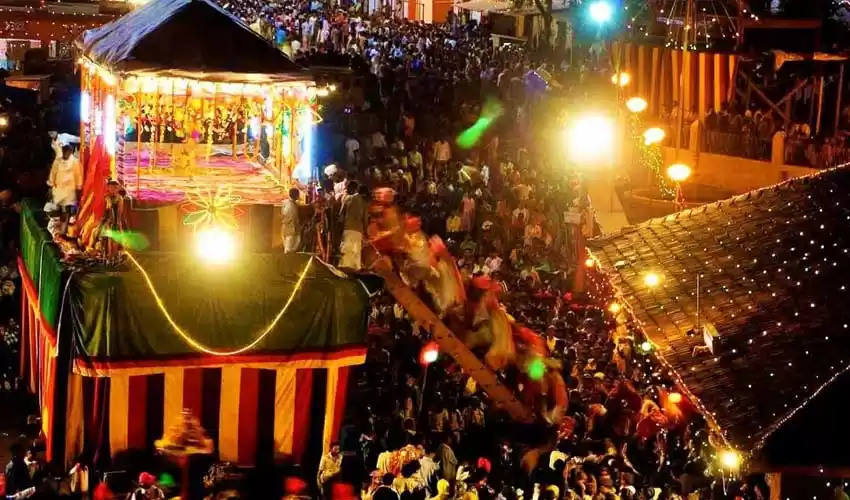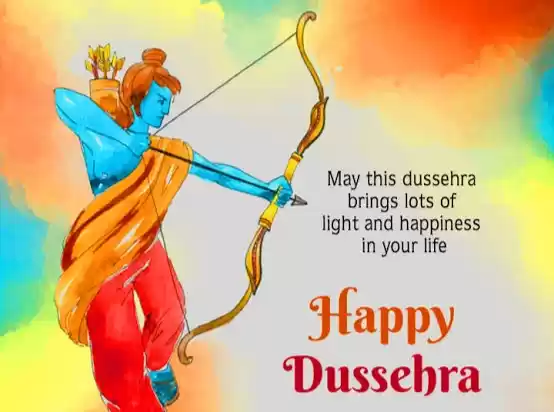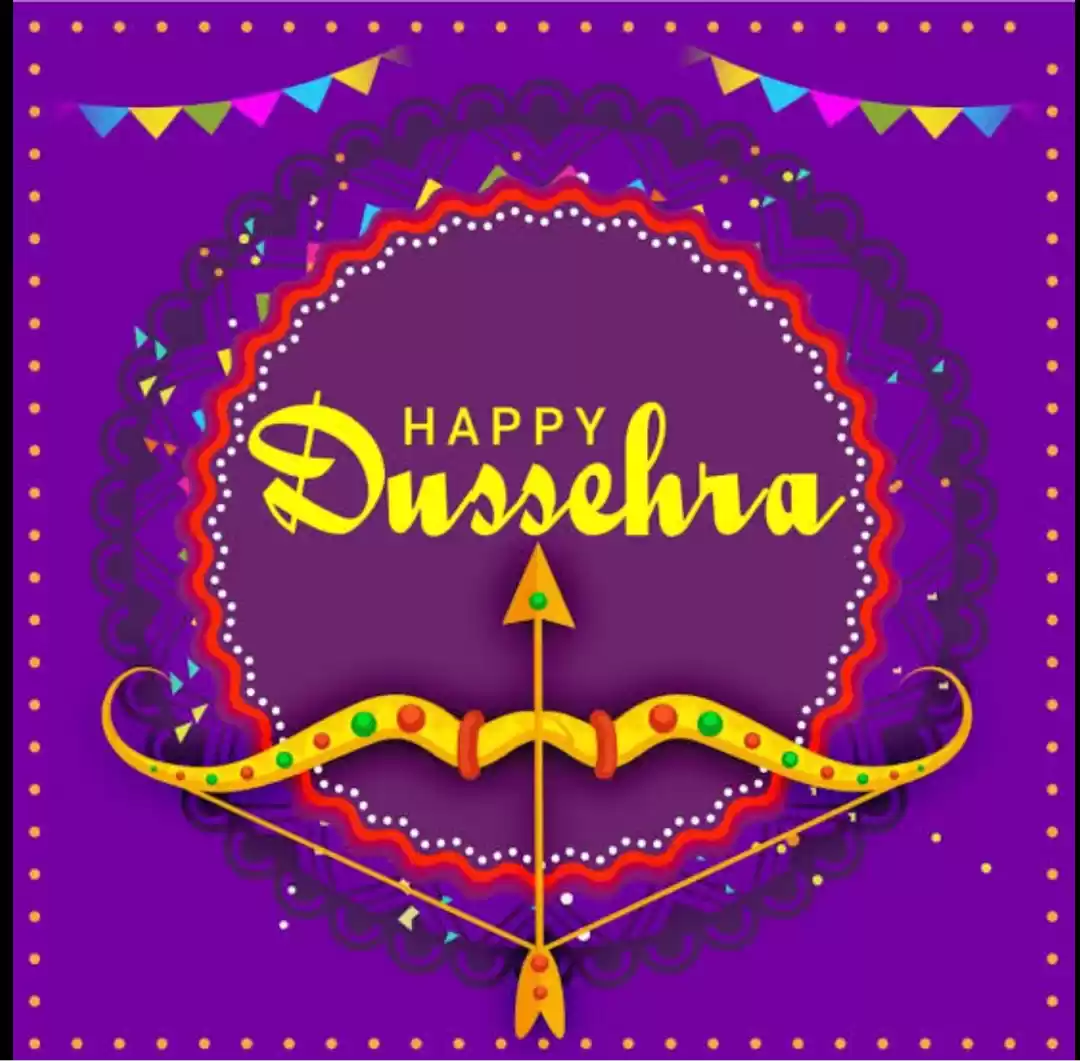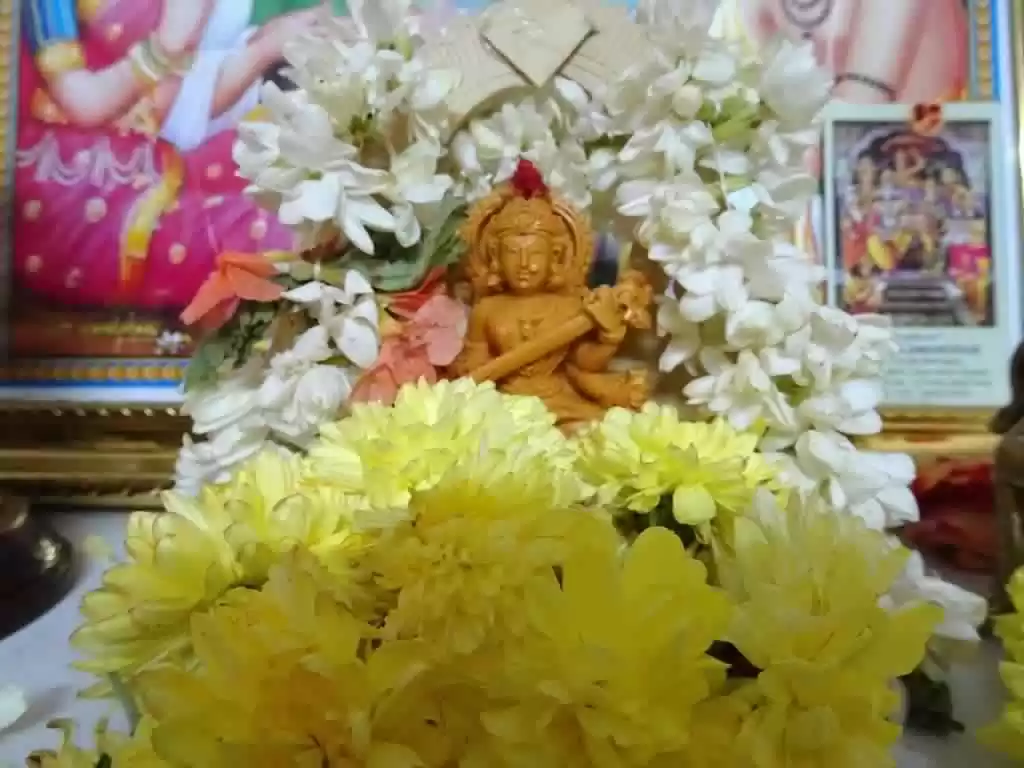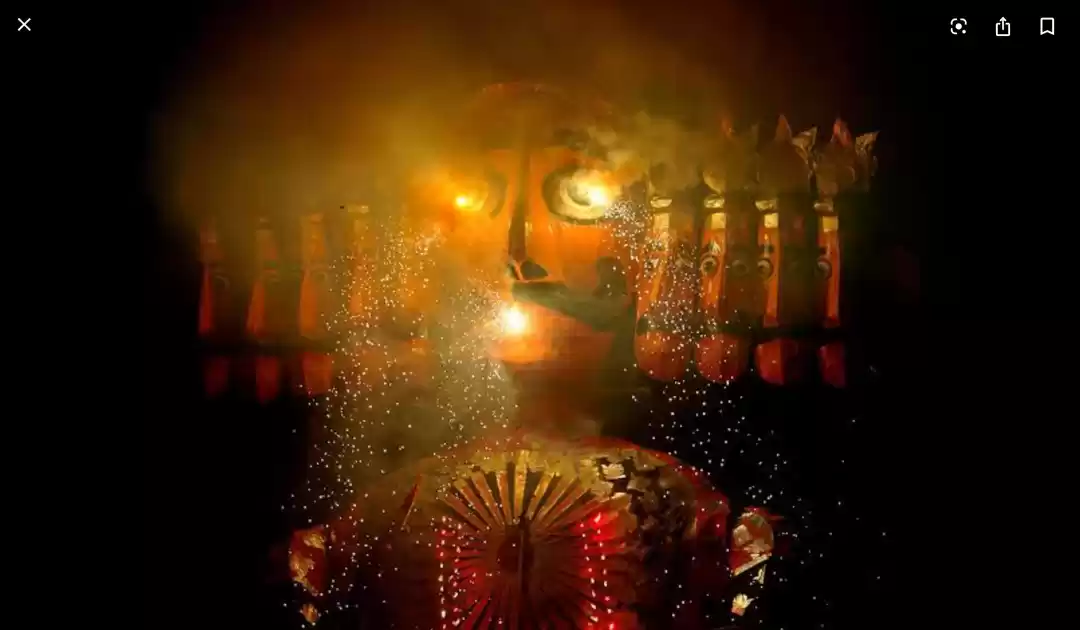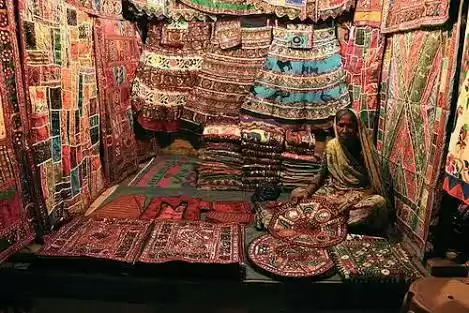For the people of North India, nine days of Navratri means fasting. For people in Gujarat, it is all about playing Garba and for people in Bengal, the Pujo times beckon visiting lavish pandals with huge idols of goddess Durga. Diversity is what thrives in India and it comes as no surprise that our way of worshiping changes as per our diversified customs and rituals, giving a distinctive regional touch to every festival in India and Navaratri is no exception. On embarking a journey to these 4 states during the nine-day festival one could witness the legends, Traditions, and practices that are closely etched to this festival. The style of celebration is unique in each state but the moral of the story remains the same of" victory of good over evil".
Kerala- celebrated as a symbol of education the Durga Puja in Kerala is beyond religion. The festival is called Vidhya- Aarambham which means to begin of education that marks the day of initiation of formal education for every child in the state of Kerala. The major celebrations happen in the last three days of Durga puja. Poojavaippu is performed on the evening of the Durgashtami day. Before the Poojavaipu, all studies and work that require some kind of skill, are suspended. Books and tools are kept in front of goddess Sarasvati for puja. fruits, beaten rice, roasted paddy, jaggery, etc, are placed as an offering. The next day Sarasvati pooja is performed in both morning and evening. On the day of Vijayadashami Books and tools are taken back from the room and it is called Puja Eduppu. This day marks the beginning of any type of learning. Children are made to write the alphabet on rice or sand. People offer gifts to their teachers and seek blessings. Dance and music concerts are also performed throughout the state.
Tamil Nadu- the Tamilians celebrate Durga puja by worshiping the three divine goddesses, Durga, Laxmi and Sarasvati for three days each. They pep up their homes by lighting lamps and making Rangoli. Friends, relatives, and neighbors are invited and clothes, pieces of jewelry, sweets, and other gifts are exchanged among them. One interesting feature as a part of the celebration is the decoration of the "Kolu". Kolu is a staircase having 9 treads, representing the 9 nights of Navratri. Every stair is decorated with beautiful dolls, and idols of gods and goddesses called Golu. These idols are curated with wood, marble, and clay. books and musical instruments are also kept at the fore of Kolu for worshipping. On the last day of Vijayadashami as per the rituals, one of the idols is laid to rest from the embellished Kolu toys signifying the end of Navratri. The rest of the Kolu dolls are passed over from generation to generation. In the temples of the state, the festival is celebrated by reveling in the soothing Vedic chants followed by classical dance performances of Mohiniattam and Bharatanatyam.
Andhra Pradesh- Durga puja is celebrated as “Batukamma Panduga” in Andhra Pradesh that means “Come Alive Mother Goddess”. The nine nights are dedicated to benign Goddess Shakti, for blessing them with conjugal bliss. Women make a beautiful flower stack known as “Batukamma”, which is arranged with seasonal flowers. Women dress up in new clothes and jewelry every day to perform puja in front of the Batukamma for 9 days. Unmarried girls join the communal worship to seek a spouse of their choice. On the last day, they set afloat their Batukammas in a lake or any other water body to mark the end of the festival.
Karnataka- Navratri is referred to as Dasara in Karnataka. The city of Mysore has a 400-year long tradition of celebrating it in the same manner as it was celebrated by the great Vijayanagar dynasty. The night-long dance known as “Yakshgana” and epic dramas from Puranas is enacted during the nine nights of Navratri in different parts of the city. The Mysore Palace is illuminated daily with nearly 100,000 light bulbs every night on all days of the festival. Various cultural and religious programs highlighting the dance, music, and culture of the State of Karnataka are performed in front of the illuminated Palace. An assembly is held at the Mysore palace for special guests on the invitation. On the ninth day of the festival, a procession starts from the palace. The main attraction of the procession is the idol of the Goddess Chamundeshwari which is placed on a huge golden top. Dance groups, music bands, decorated elephants, horses, and camels form a part of this vivid colorful procession. Another major attraction during these days is the Dasara exhibition which is held on the exhibition grounds opposite to the Mysore Palace. The exhibition has numerous stalls selling all kinds of articles and artifacts.
The south Indian way of celebrating Navratri is more spiritual and artistic. Their way of connecting themselves to God has an entirely different flavor. But In the end, the rituals of Navratri have been made to break free from the mundane of everyday life and celebrate the life itself!
Find like-minded explorers, learn from expert travellers or become one yourself and help others on Tripoto’s Travel Forum!
Watch travel stories come to life with Tripoto on Youtube!
















